Introduction
To venture into the realm of purchasing SaaS companies one must grasp the operational frameworks they utilize as these enterprises thrive on a subscription oriented structure for profitability. This approach entails earning income through customers making payments for software usage. The spectrum of SaaS frameworks encompasses both business to business (B) and business to consumer (BC) domains tailored towards customer segments, with specific needs and behaviors.
In this piece of writing we'll delve into the advantages of purchasing a SaaS company and the process of acquiring it along with factors worth considering. By adhering these recommendations provided here savvy purchasers can navigate the realm of SaaS acquisitions with confidence and a better grasp, on finding a business that fits their objectives and operational requirements effectively.
Understanding SaaS Business Models
Getting into the realm of obtaining software as a service enterprises necessitates comprehending the different prevailing frameworks as these companies depend on a subscription-based system for prosperity. This approach entails generating income as users make regular payments to access the software. The variety of software as a service (SaaS) models includes both B2B (business to business) and B2C (business to consumer) sectors. Each catering specifically to customer groups, with unique requirements and habits.
Atlassians acquisition of Loom demonstrates the forward thinking required in recognizing the significance of a software-as-a-service company. How it fits with business goals. The transformation of Loom from a video communication tool into a platform with more than 25 million users and about 1. 5 Billion minutes recorded highlights the effectiveness of software-as-a-service models, in promoting worldwide teamwork.
The achievements stories of a group of business owners getting five software firms reveal the potential in the software-as-a-service industry sector despite its crowded marketplace interest surge. The purchases emphasize a belief, in the inherent value of software-as-a-service assets and highlight the importance of a careful eight month scouting period followed by strategic navigation through deal making and operational processes.
The subscription based revenue approach in SaaS companies is more than a passing fad. It's a game changing tactic that ensures consistent income and deeper engagement over time. Moving towards this model in the business to business arena may pose some hurdles initially. Comes with significant advantages, like leveraging data insights and staying ahead in evolving market trends and customer expectations.
By merging these understandings with the expertise offered by professionals, in the industry field knowledgeable buyers can confidently navigate through the world of software acquisitions with a clearer understanding. To ensure they find an organization that aligns with their goals and operational needs.
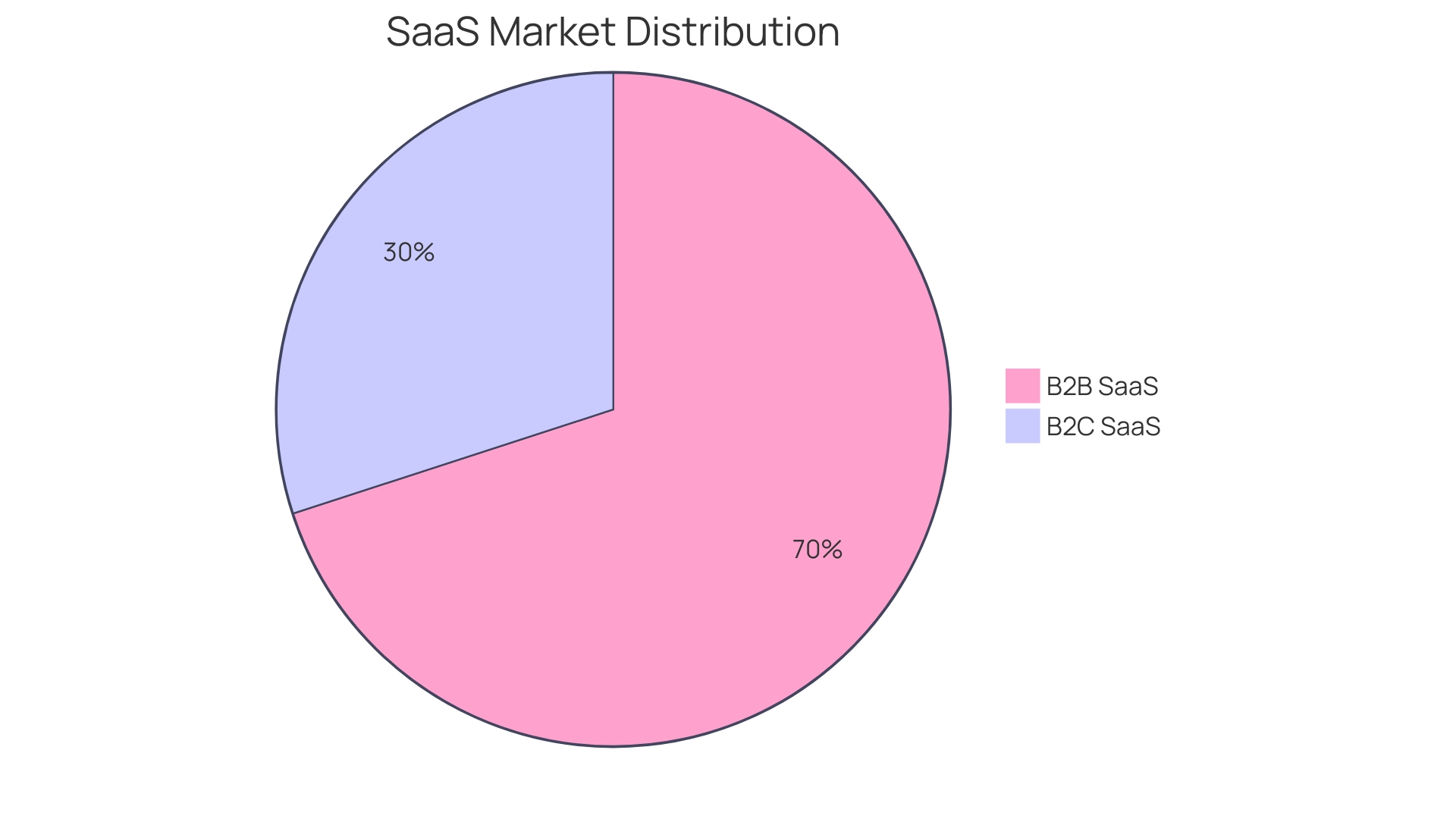
Benefits of Buying a SaaS Business
Getting involved in a Software as a Service company can be a game changer for entrepreneurs seeking a business opportunity with earnings and significant room for growth. The attraction of Software as a Service arises from its subscription based structure that not only ensures a consistent revenue stream but also showcases impressive profit margins thanks in part to reduced operating expenses. Furthermore, the expandability of software as a service enterprises is quite attractive as it enables owners to enhance their offerings without experiencing an increase in expenses.
The instance of Loom being acquired by Atlassian demonstrates their evolving relationship since Looms inception days until the strategic acquisition by Atlassian tp recognizing Looms value over time and becoming an early adopter of its services. This narrative highlights how software-as-a-service entities can generate value and draw considerable attention for investment or acquisition opportunities in the thriving public SaaS market valued at close $2 trillion as, per Meritech Capitals report.
Embracing the market is crucial for software-as-a-service businesses striving for success in today's competitive landscape! Leading software-as-a-service firms proactively expand globally. Tailor their pricing strategies based on local market dynamics, like buying power and operational expenses. Accordingly industry insiders reveal that a significant 78% of software-as-a-service firms have adjusted their pricing structures and product offerings in response. A sign of how the industry adapts swiftly in meeting consumer demands and evolving trends!
Obtaining a software company goes beyond taking over existing systems and customers – it opens up a realm of possibilities where creativity and careful planning can pave the way for remarkable achievements in an ever evolving industry landscape. For aspiring buyers eyeing a software as a service ventures growth and resilience in the market make it an appealing choice, for a thriving entrepreneurial journey.
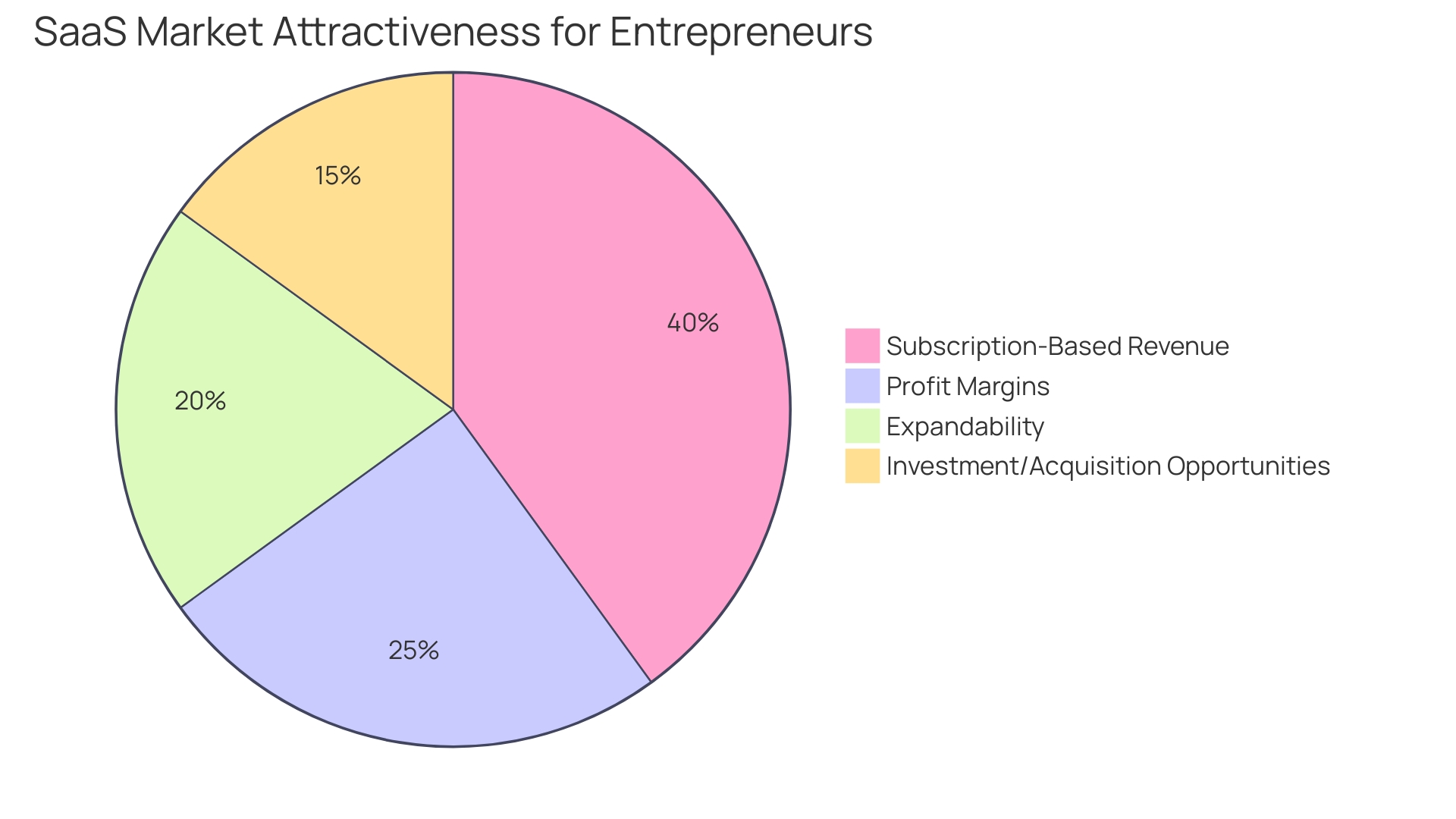
Steps to Acquire a SaaS Business
Embarking on the journey of acquiring a SaaS venture is like embarking on an adventure filled with endless possibilities and opportunities awaiting ahead of you! It involves a series of steps that require consideration and planning but can ultimately lead you to a successful outcome in the end. By conducting research and meticulous planning strategies in advance before diving into an acquisition process can set the foundation for a prosperous venture ahead of you. Drawing inspiration from the success story of Loom – a budding startup that envisioned revolutionizing video communication in work settings – its remarkable growth and eventual acquisition by Atlassian exemplify how visionary ideas can transform into assets embraced by innovative organizations like Atlassian known for their keen interest, in collaborative tools.
The purchase wasn't made on a whim. Was the outcome of long term guidance and a mutual appreciation that led to a strategic partnership aiming to expand Atlassian's dominance in productivity tools and provide enhanced features for users. The future plans discussed by both firms envisioned a merger and collaborative technological progress focused on AI investments to establish a strong presence, in team collaboration solutions.
Circumstances like these emphasize the necessity to understand how the acquisition could impact the operations and customer base of both parties involved in it from a technology standpoint as well as overall functionality aspects. Although there are promising possibilities ahead, such efforts are not without their share of obstacles. Thorough assessment of factors, like market preparedness, model alignment. Ensuring a smooth blend of products and staff members is crucial.
Drawing insights from individuals who have journeyed down this path proves beneficial and insightful. For instance, the group involved in Applied Cartography's acquisition of five software-as-a-service companies highlights that despite a growing interest in the SaaS sector, it appeared to be undervalued. Their eight month quest, for sourcing and exploration ultimately resulted in not acquiring these businesses but also actively managing them. Their perspective sheds light on the intricacies involved in the process—starting from sourcing all the way through negotiation and finalization—highlighting the nuanced comprehension that can only come with hands on experience.
Based on data from Meritech Software Pulse showing that the public software as a service (SaaS) sector has a value of $2 trillion, this highlights the increasing opportunities within this industry sector widely acknowledged for its extensive potential for growth and development.
Whether you're an investor or a beginner in the market game it's crucial to enter into any investment opportunity with a clear vision of your goals and objectives in mind. With a solid plan in place based on industry best practices and examples of successful companies, like Loom and Atlassian you can guide your investment towards a path filled with potential growth and innovation.
Define Your Acquisition Criteria
To begin the process of acquiring a SaaS venture successfully necessitates a strategy that aligns with your entrepreneurial vision from the start. Begin by identifying the market segment that aligns with your expertise and interests. Do you intend to target an audience or focus on a specific niche? This choice is crucial as it will influence the direction of your investment. Also evaluate the perspective of the company in question. Evaluate its revenue streams and potential for growth to determine if it matches your goals. Finally consider how engaged you want to be, in the operations. Are you planning to participate in day, to day activities or are you leaning towards a less involved role instead? By considering these factors, you position yourself to identify opportunities that are not only profitable but also fulfilling to manage.

Conduct Market Research
Engaging in market research is important in the e-commerce and software as a service (SaaS) sectors as it entails exploring market complexities and identifying potential companies for the purpose of acquisition. This procedure involves an examination of the prevailing market trends and competitor tactics alongside understanding consumer needs and preferences thoroughly. By utilizing research techniques such, as open ended interviews and focus groups you are not merely scratching the surface but rather embarking on an insightful exploration of the market scenario which may uncover new prospects or potential risks. Furthermore utilizing research methods such as surveys and content analysis enables you to create a comprehensive understanding of market demographics, behaviors and trends. Using this evaluation, you can make well-informed choices based on data that concentrates on enterprises that exhibit genuine promise, for expansion and client retention. The key is aligning your products with the changing needs of the market. Ensuring that your next move isn't merely a small step but a significant strategic advancement.
Evaluate SaaS Business Health
Examining the acquisition of a software as a service (SaaS) organization necessitates an evaluation of its well-being and performance status as vital measures must be taken in this procedure. The assessment of the Customer Lifetime Value (CLV) in addition to evaluating client support effectiveness and partner revenue strategies plays a part in determining the organization's capacity to flourish and grow in the future. By understanding how much value each client contributes over time allows you to evaluate the overall profitability and wellness of the organization in the long term.
Having a customer support plan is important not just for keeping current clients happy but also for building a good reputation that could bring in new customers to the organization's doorstep. Likewise a strong affiliate revenue strategy is key, to expanding revenue sources and lessening the dependence upon direct sales.
The lessons learned from analyzing these metrics extend beyond theory; they originate from real accomplishments like the acquisition and supervision of five software-as-a-service enterprises by a group of entrepreneurs who recognized the undervalued aspects of the markets. Through their engagement over numerous months, they discovered the significance of these metrics in directing their businesses towards success.
In addition, trustworthy industry benchmarks and trends from sources like Chart Mogul Benchmarks and Meritech Software Pulse validate the importance of these metrics. These resources demonstrate the collective accomplishments of software-as-a-service enterprises, providing a foundation for assessment and establishing a norm for determining growth.
Therefore thoroughly analyzing these measurements prior to acquiring a company can shed light on a future, for the possible investment and support well informed decision making.
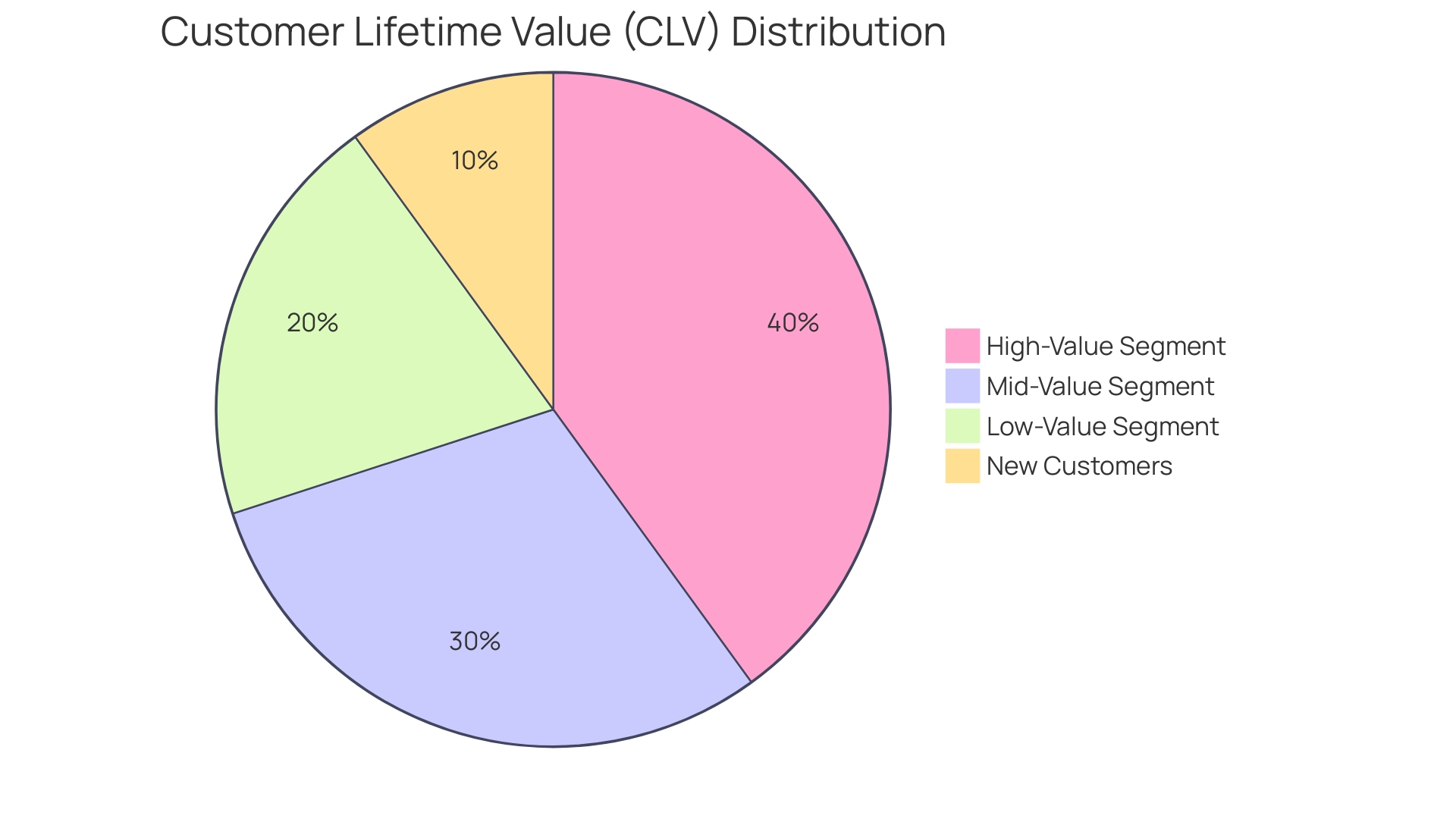
Identify Potential SaaS Businesses for Sale
Embarking on the endeavor of acquiring a SaaS or e commerce enterprise necessitates an exploration and assessment process. Once you have defined your criteria for acquisition and gathered valuable information from thorough market research you can begin the search for potential businesses on sale. Exploring channels, like online marketplaces, specialized brokerages and industry specific professional networks offers a range of options and opportunities.
Analyzing purchases requires a thorough evaluation of significant factors such as financial stability, which is vital for examining revenue trends and growth potential, as well as profitability analysis. The customer base also requires consideration by examining their demographics and engagement levels to gain insights into the organization's position in the market. Furthermore, it is essential to assess the organization's competitive edge, which may be based on innovative technology, a strong market presence, or brand recognition, to determine its long-term viability.
The purchase of Loom by Atlassian is an example of how strategic alignment and mutual growth opportunities can result from such partnerships or deals. The fact that Atlassian was an adopter of Loom and later decided to acquire licenses for it shows the importance of recognizing and valuing the products worth. The collaboration, between them underscores how crucial it is for both parties to be compatible and share a vision.
In todays changing tech world it's crucial for us stay up to date on the latest trends and key figures shaping the industry. Exploring reports about figures in areas such as AI, VR, policy, and beyond can offer valuable perspectives on how the market is evolving.. Additionally delving into the wealth of data provided by Meritech Software Pulse can shed light on aspects of the public SaaS sector covering everything, from company valuationsto operational performance metrics. This information could prove invaluable as you assess your strategies and decisions.
When considering making a purchase decision like acquiring an entity, it's helpful and valuable to take advice from individuals who have gone through similar processes in the past. The narrative of purchasing software as a service (SaaS) enterprises in a span of one year, as described in the writings of Applied Cartography, emphasizes the significance of conducting comprehensive research and possessing the appropriate expertise and understanding, for efficiently managing the enterprise subsequent to finalizing the agreement.
When you use an evaluation framework similar to the scorecard used by experts for assessing the strength of a software-as-a-service startup business model before making deals on potential opportunities. It helps ensure that both buyers and sellers are on the same page in terms of expectations for the deal outcomes. This organized approach can assist you in recognizing opportunities that align with your strategic objectives similar to how you would focus on the appropriate target audience for a product like Monday.com.
Summing it up. Identifying and assessing potential software companies for acquisition is still a rewarding expedition. Considering financial success metrics in conjunction with market penetration and competitive advantage while extracting insights from industry participants can assist you in skillfully navigating the acquisition landscape in pursuit of a venture that aligns with your objectives and possesses potential, for a promising future.
Perform Due Diligence
Thoroughly investigating is crucial before buying a software-as-a-service enterprise as it establishes the foundation for an investment choice. This phase involves examining the finances and understanding the pricing model of the product while evaluating marketing strategies and methods of acquiring clients critically. Guidance from industry experts like the specialists in Applied Cartography who have expertise, in acquiring multiple software as a service enterprises reveals the complex intricacies involved in these transactions. Their focus is, on recognizing the core value offered by the asset in discussion a lesson learned through their real world experiences.
Assessing the stability of a potential acquisition is crucially important task ahead of making any decisions in the business realm It involves examining agreements that generate consistent revenue streams and comprehending how long customers stay with the company to predict upcoming cash inflows The insightful study conducted by the Common Paper Committee delves into than 1 000 corporate contracts offers a useful reference point for recognizing typical conditions and establishing practical forecasts, for contract discussions
In depth analysis should also take into account the environment since the key points commonly discussed in NDAs relate to the governing law and jurisdiction. Aspects that can greatly impact the feasibility and protection of the investment.
To precisely evaluate the potential of a venture it is crucial not only to concentrate exclusively on the monetary figures but also to take into account other factors in action as demonstrated by the achievements of successful community based media startups which have emphasized the importance of having a distinct purpose and engaging with the audience as approaches that can be implemented within the realm of software as a service (SaaS) industry as well. By assessing how effectively a company adheres to these fundamental principles you can determine its capacity, in retaining customers and ensuring ongoing growth.
Understanding the significance of establishing alliances within the software-as-a-service sector as highlighted by insights from SaaStr can have a substantial impact on your company's approach. By working together with peers in the industry, you can enhance your product offerings. Potentially increase revenue which, in turn influences how you invest in your business. Take the time explore these aspects thoroughly so that you can spot any potential issues and then make a well informed decision when it comes acquiring a software as a service business.
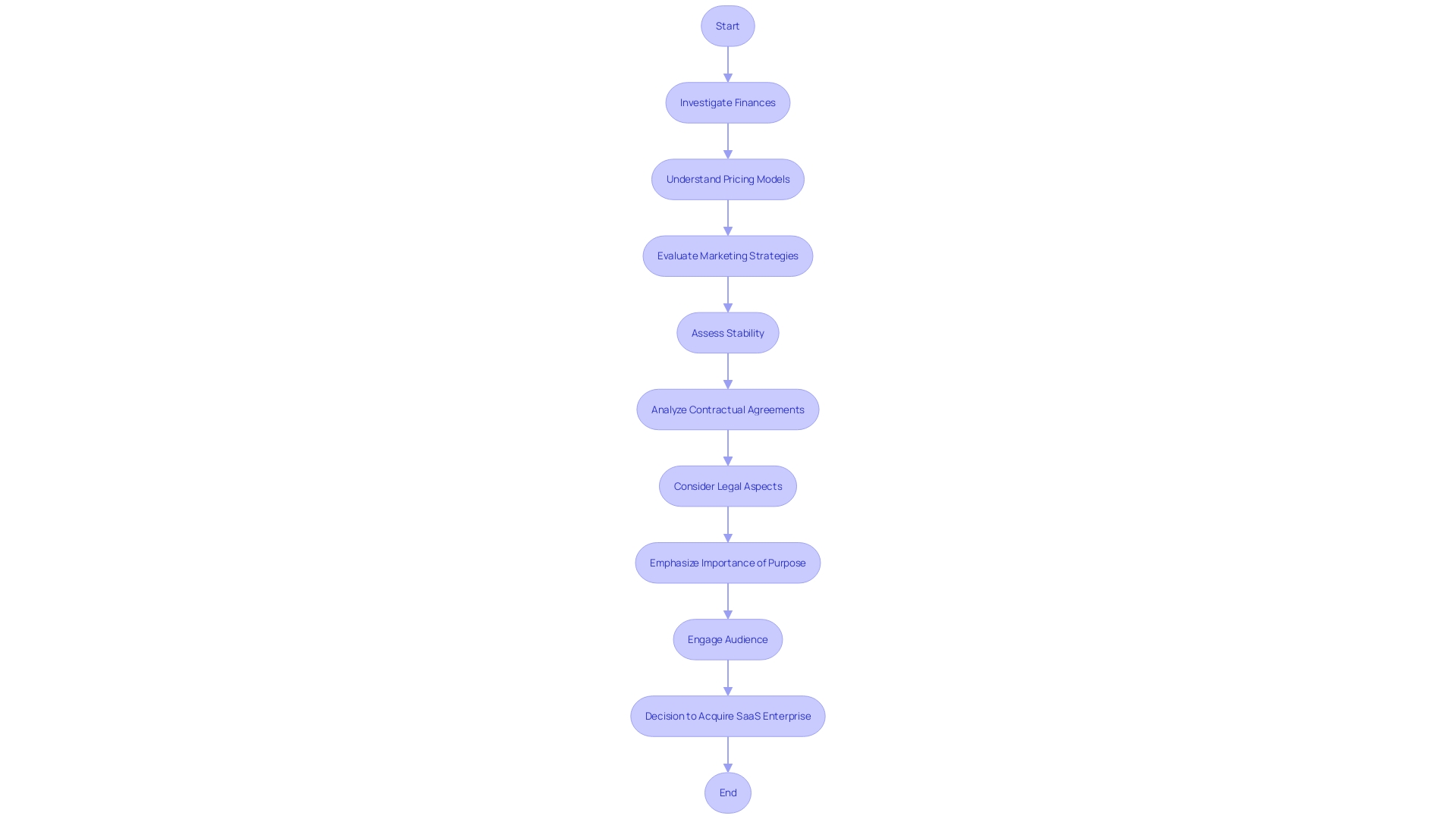
Negotiate the Deal
Once you've identified the SaaS organization and finished your thorough research process you're ready for the crucial step of negotiation where you'll discuss everything from pricing and payment schedules to transition timelines. Negotiations go beyond numbers. They involve grasping the perspective of the individuals involved their background and what matters most to them. It's important during this phase that you handle yourself well stay calm and deliberate, in your choices. Reflect on how Looms acquisition by Atlassian showcases how embracing ideas early on and having a common goal can lead to a meaningful partnership that aligns with both companies’ values and objectives. Remember that selling a company signifies a moment that relies on a cooperative partnership for it to prosper. By leveraging wisdom from dealmakers in negotiations the goal is to create an agreement that benefits all parties involved captures their hopes for the future and sets a path, for long term prosperity.
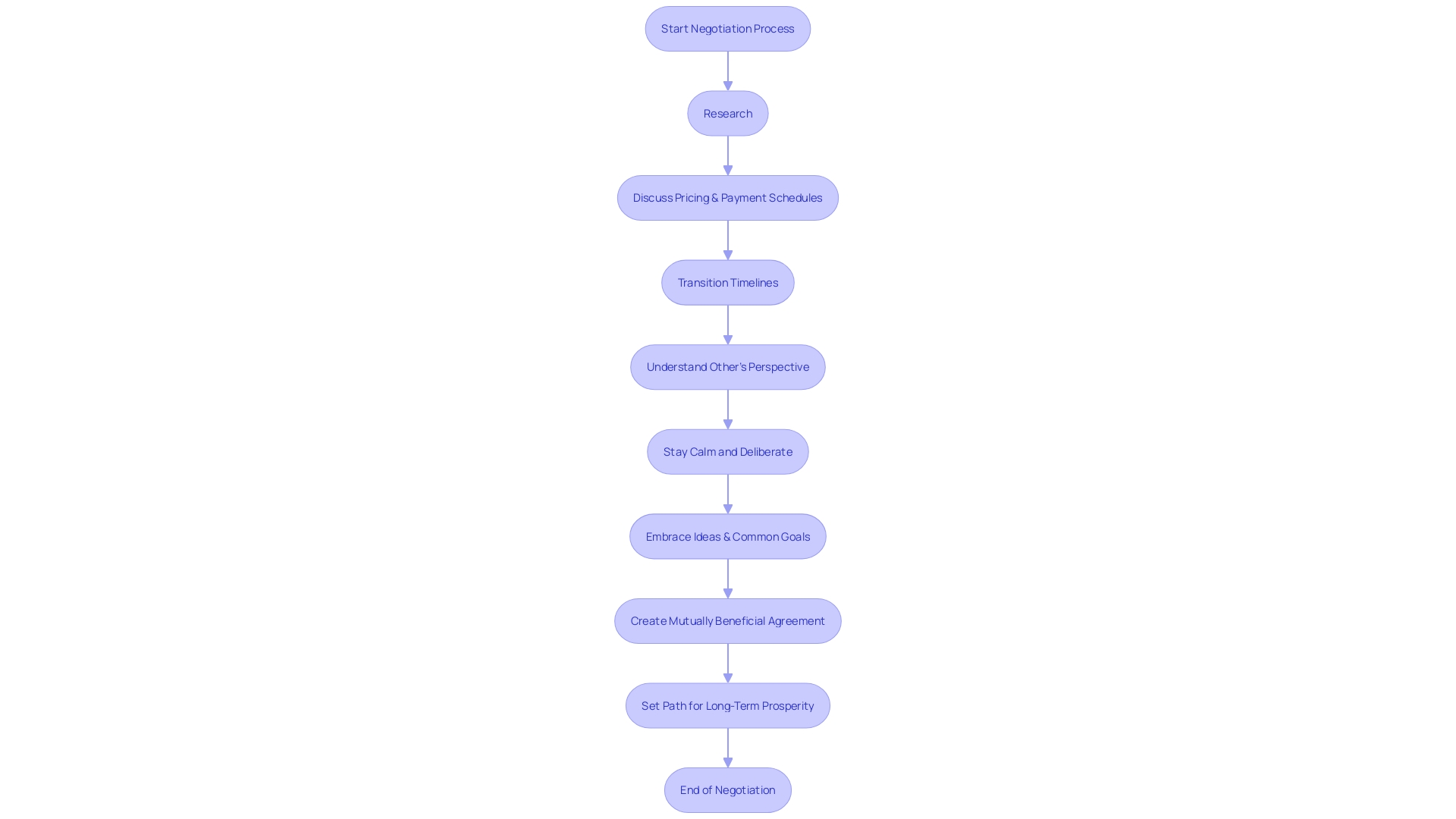
Finalize the Purchase and Transition
After reaching an agreement with the seller comes the actual work. Completing the purchase and handling the transition process effectively is key here! This phase involves legal and financial procedures such, as signing the acquisition agreement and officially transferring ownership rights to you. Once you've nailed down these details you'll need to put a detailed transition plan to ensure a smooth integration of your new acquisition into your existing operations.
TBC Banks insights highlight the significance of simplifying processes for customers and employees by incorporating digital offerings to enhance efficiency They have effectively shifted from intricate operations to swiftly providing services in a flexible manner while also establishing a benchmark, for expansions.
Acquiring input from professionals like attorneys and accountants at a stage aids in keeping you well-informed, about the tax and legal aspects involved as mentioned in the latest updates. This recommendation mirrors the experience shared in the case study of buying Akiya properties where transparency and client comprehension played a role in the transaction process.
The advice from figures in the business world such as Abhijeet Kaldate from Astra WordPress Theme and Stephanie Wells from Formidable Forms is highly relevant in this context The recommendation is to thoroughly evaluate your company's future prospects and current value before committing to a sale This suggestion is backed by the statistic showing that only around half of startups manage to stay afloat past the five year mark underscoring the importance of having a carefully planned transition plan, in place
In the process of transferring a business and setting it up for long term success is not solely about the financial side of things but also involves considering the people involved in the business operation and its cultural aspects along, with the core functions that keep the business running efficiently.
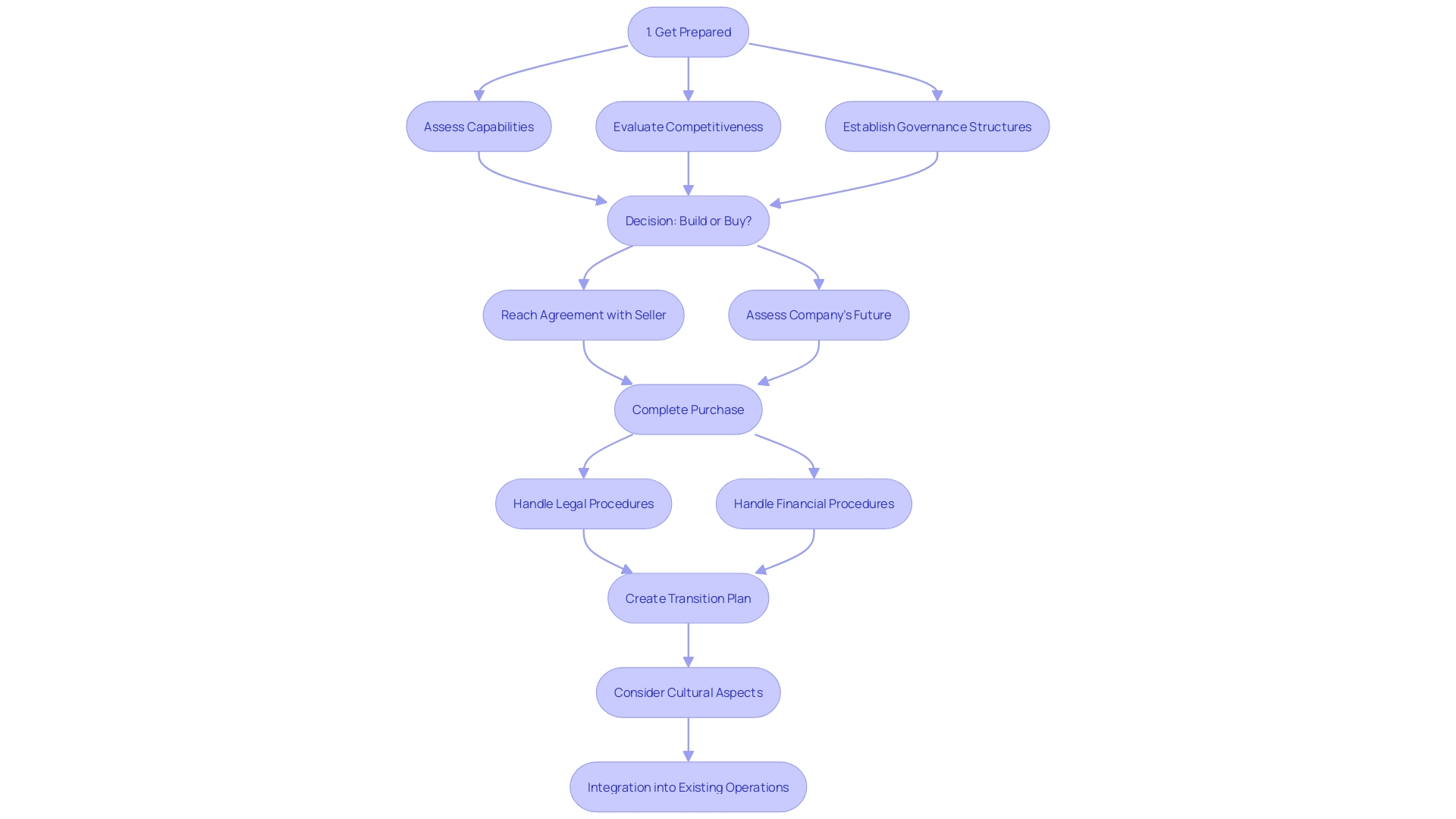
Key SaaS Metrics to Consider
Exploring the realm of acquiring software as a service demands a focus on crucial metrics that serve as a guide for the company's well being and effectiveness in this field. Learnings derived from pioneers like Applied Cartography. Who have acquired five software as a service enterprises. Highlight the significance of conducting an assessment. They emphasize that while these assets are gaining traction and attention their true worth is sometimes overlooked, underscoring the importance of not just helpful but indispensable understanding of metrics, for achieving success.
Key performance indicators (KPIs) are crucial in evaluating the sustainability and potential growth of a business in the software-as-a-service (SaaS) sector, as suggested by industry experts like Meritech Software Pulse. They highlight valuations and operational metrics along with a clear path towards profitability and growth. These insights are drawn from an examination of the public SaaS sector valued at close $2 trillion which emphasizes the significance of data driven strategies, in making acquisition decisions.
Key performance indicators like Annual Recurring Revenue (ARR) per staff member and the Rule of 40 (RO40) serve as standards for assessing scalability—a fundamental aspect of sustaining Software as a service (SaaS). These metrics offer an insight into effectiveness and steady expansion within an organization's operations. Although there isn't a metric that applies in all cases; these markers are commonly included in the checklist for thorough evaluation, during due diligence processes in order to assess an organization's operational efficiency and growth potential.
Surely managing the acquisition process is akin to piloting an airplane using a dashboard filled with performance indicators. As per the advice, from Equals Experts the metrics act as the backbone during times giving a detailed overview of the organization's present situation and steering important decisions to steer clear of obstacles and guarantee a successful path forward.
Monthly Recurring Revenue (MRR)
Monthly Recurring Revenue (MRR) is more than a number, on a financial report. It truly fuels the success of a SaaS business by providing consistent monthly income from subscription services without the fluctuations of one time fees that might cloud revenue projections and strategic decisions. As per Vibhav Singh from xtenav.com; 'MRR is a measure that shows how a firm's income streams are doing and its overall health.' Moving from school transactional methods to a subscription model might feel like a lot to handle at first but the benefits are worth it in the long run – think stable cash flow and stronger customer loyalty, as just a few of the big advantages tied to recurring revenue streams. Singh emphasizes that Monthly Recurring Revenue (MRR) reflects a company's income and plays a crucial role in assessing rapid expansion potential. The adoption of MRR signifies not just embracing stability. Also positioning an enterprise for sustainable growth, in the current data driven market environment.
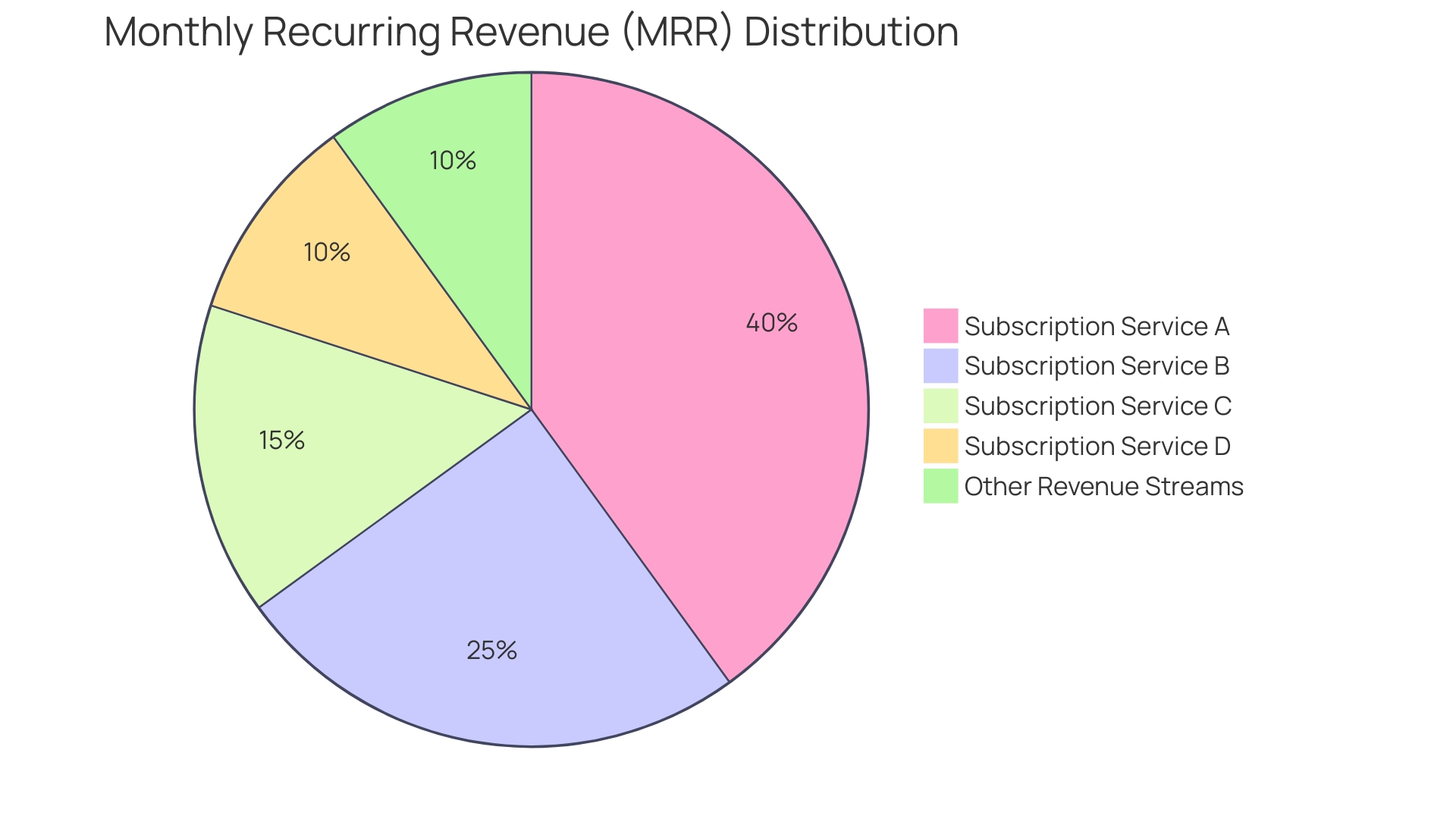
Gross Margin
Having a grasp of gross margin is key for any business because it shows the fundamental profitability of your products or services. Gross margin is calculated by deducting the cost of delivering the service, from the revenue generated from subscriptions. In essence it provides insight into how a business is handling its core operations before factoring in additional expenses.
Monday.com is an illustration of an organization that has demonstrated remarkable expansion and rapidly achieved a stage where it is producing favorable cash flow without any financial restrictions inhibiting its progress. A clear indicator of a robust model, at play here! This indicates that the company can easily cover its expenses while also having extra funds to reinvest in expansion or reward shareholders for their loyalty.
For instance, the case of Tesla demonstrates how alterations in margins can impact outcomes. Although Teslas gross margin dropped from 25. It still managed to meet its production goals. This shows that a healthy margin can help maintain demand during challenging economic times.
In the picture of things the main aim is to maximize value, which could mean prioritizing long term growth, over short term gains or even facing losses. By navigating the corporate world in this manner companies can potentially increase shareholder value as they adjust to changing landscapes and seize future opportunities to stay profitable.
From now on, it's not just about attracting people and offering value. It is equally vital to perform in a way that ensures sustained profitability margins are consistently maintained over time. By closely monitoring the gross margin figures, organizations can smartly plan and navigate through the constantly evolving market conditions to promote expansion and attain success.
Customer Acquisition Cost (CAC)
Acquisition Expense (AEC), a metric used to assess the efficiency of acquiring new customers, pertains to the total expenditure incurred in convincing a potential buyer to buy a product or service; covering costs associated with promotional campaigns and employee salaries as well as investments in creating marketing materials and automation technologies. One crucial component of Customer Acquisition Cost (CAC) is its role as a financial evaluation tool for enterprises; if the expense of acquiring a client exceeds their long-term worth to the organization's bottom it denotes a shortfall with every new individual obtained. Familiarity with CAC also provides enterprises with the capability to strategically allocate their marketing resources! A comprehensive comprehension of CAC is essential in today's environment as the process of reaching and monitoring clients becomes more challenging and expensive, as observed by Bean Box in their strategy, to attracting clients. Doppler utilized the 'Chipotle Sales Method’ to efficiently reach their target market of engineers and developers for acquisition cost (CAC) optimization in the realm of secrets management services. Also emphasized is the suggestion for enterprises to contemplate forging alliances, with offerings to attract a comparable clientele and promote growth without participating in direct competition—an approach supported by the U.S Small Business Administration. In todays business landscape where software development expenses typically fall within the $70k to $250k range it's increasingly important to make calculations and control customer acquisition costs (CAC) to ensure steady expansion and financial success.
Conclusion
To sum up the discussion about acquiring a SaaS business brings benefits such as steady income streams and high profit margins that can be scaled up effectively. For an acquisition of a SaaS business it is essential to clearly set criteria for the acquisition and conduct thorough market research. Assessing metrics like customer lifetime value, efficiency of customer support services and strategies for generating revenue through affiliates gives valuable insights into the profitability and potential, for growth.
When looking for companies, on websites and industry platforms online you have to think about their financial security the customers they serve and what makes them stand out in the market.When it comes to making a deal it's important to see things from viewpoints and come up with agreements that work well for everyone involved.
Important indicators such as recurring revenue (MRR) gross margin profitability rate and customer acquisition cost (CAC) are essential factors in assessing the health and performance of a SaaS business model.MRR ensures cash flow and growth opportunities while gross margin signifies the businesss profit margins.CAC aids, in evaluating the efficiency of acquiring customers.
In summary purchasing a SaaS company necessitates evaluation, study and preparation. By grasping structures performing exhaustive investigation and taking into account important metrics smart buyers can confidently navigate SaaS acquisitions. The opportunities for triumph and expansion in the SaaS sector are immense. By adhering to proven methods and drawing insights, from prosperous enterprises buyers can discover companies that match their objectives and offer promise for a prosperous future.




